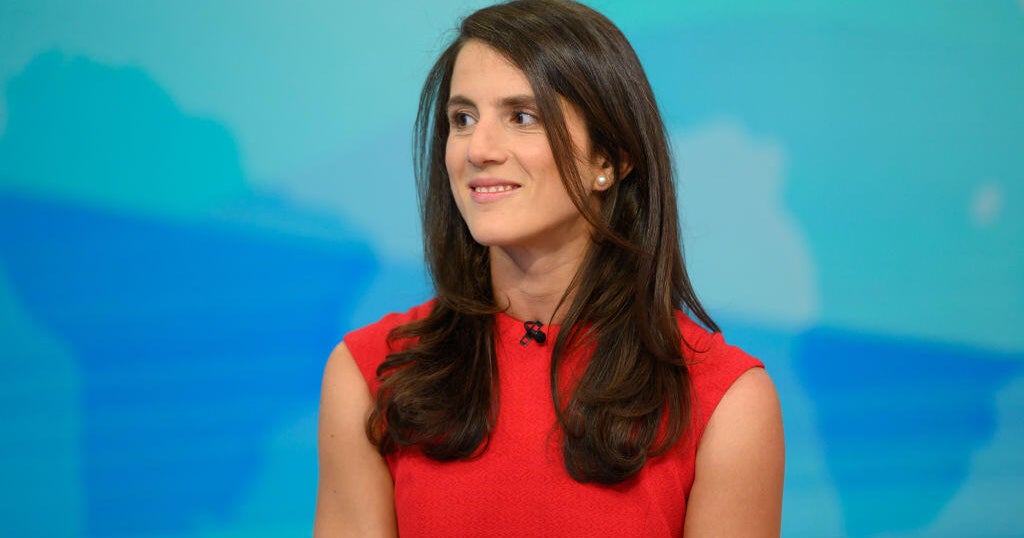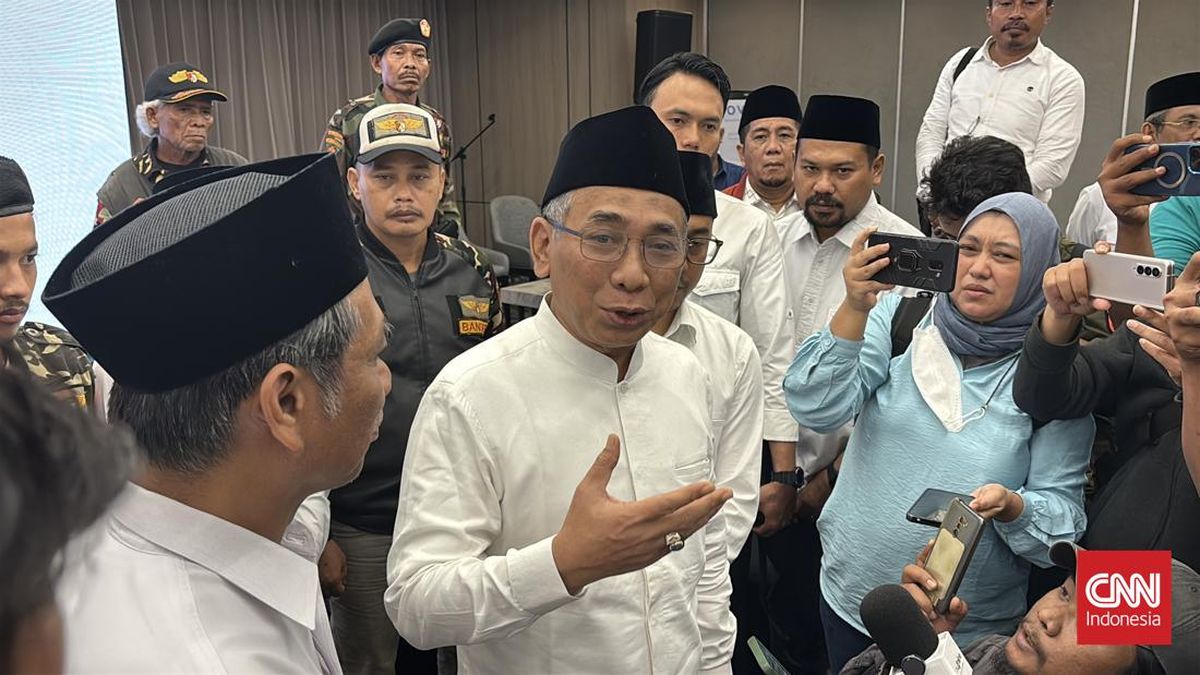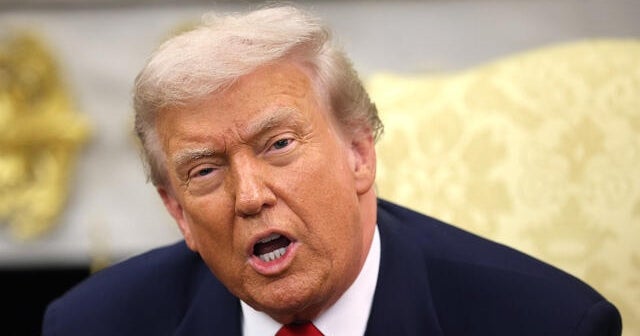Victoria’s decision to end stamp duty on commercial properties and replace it with land tax could provide the funding stream the government is seeking to fund part of the $34.5 billion first stage of Suburban Rail Loop.
Premier Jacinta Allan on Tuesday did not rule out her government carving out a portion of existing tax revenue to help pay for the project.

Suburban Rail Loop works at Glen Waverley.Credit: Joe Armao
On Tuesday, The Age reported the government was considering whether to carve off a share of stamp duty and land taxes collected from precincts around stations across the 1.6-kilometre first stage – Suburban Rail Loop East – which would be used to pay for the project, a concept known as hypothecation.
Since a business and investment case for the rail loop was first released in 2021, the state government has maintained it can fund a third of the $34.5 billion first stage through value capture – charges or fees on the increased property values generated by a capital works project.
Some value-capture proposals floated in this document were due to begin by this year and focused on additional taxes. The state government is still finalising what options it will proceed with and how they will be implemented.
Dr David Hayward, RMIT emeritus professor of public policy and the social economy, said one key option available to the government was to harness its recent changes to commercial stamp duty.
Loading
Under changes that took effect on July 1, 2024, the government is phasing out stamp duty for commercial and industrial properties and replacing it with an annual land tax, set at 1 per cent of the property’s unimproved land value
Hayward said this automatically created a potential source of value capture within SRL precincts because land taxes would naturally increase alongside the value of commercial properties held around the stations.
However, he said a key challenge to the idea would be how quickly the government could encourage owners to move to paying land tax, with the policy currently allowing for a 10-year transition period.
Infrastructure Australia has previously questioned whether value capture can raise the $11.5 billion earmarked for the rail loop, recommending the federal government not provide more funding without further analysis.
Economists and treasurers are typically wary of hypothecated taxes because the system removes flexibility from budget decisions, carving off income that cannot be used elsewhere.
But Hayward said these types of taxes were politically popular because people could see value in specific services such as those already in place for mental health reforms or firefighters.
“If you just go, ‘we’re introducing a tax’, nobody likes it ... The irony is that economists tend to be opposed to it, but politically, it’s the best way of getting a new tax up,” he said.
Speaking in parliament on Tuesday, Treasurer Jaclyn Symes singled out the opportunities to collect revenue from commercial properties.
“SRL precincts will be highly attractive places for businesses and for commercial property, and prices will grow again and again in relation to that precinct, particularly as more and more of that project progresses,” she said.
“We have been very clear from the beginning that we will look to capture some of the value of this uplift.”
Allan said the government’s ambitions on value capture were well known, and would not rule out hypothecation of taxes as part of this policy.
“We’ll have more to say about those mechanisms as the work is finalised,” she said. “We’re doing that work right now.”
Loading
Opposition major projects spokesman Evan Mulholland said the idea of using existing revenue was not canvassed in the rail loop’s business case.
“The Victorian public deserves transparency and responsible financial management, not a government that invents new ways to raid the state’s tax base to fund a project it can’t deliver,” he said
Peter Tulip, the chief economist at the Centre for Independent Studies, said revenue sources and spending were often two separate choices of government, but hypothecation took some of this decision-making away.
But he said people found these types of charges fair because they asked those who benefited most from projects to pay a significant share of their costs
“If you don’t calibrate [value capture], it can be a big problem, in particular, if the charges are too high,” Tulip said.
Linda Allison, Victorian chief executive of the Urban Development Institute of Australia, said the existing property tax environment made the scope for value capture uncertain.
“There is already land tax, transfer duty, foreign purchaser additional duty, a windfall gains tax, council rates, developer contributions and an absentee owner surcharge. When it comes to value capture, what else is left?” she said.
Start the day with a summary of the day’s most important and interesting stories, analysis and insights. Sign up for our Morning Edition newsletter.
Most Viewed in Politics
Loading


















































